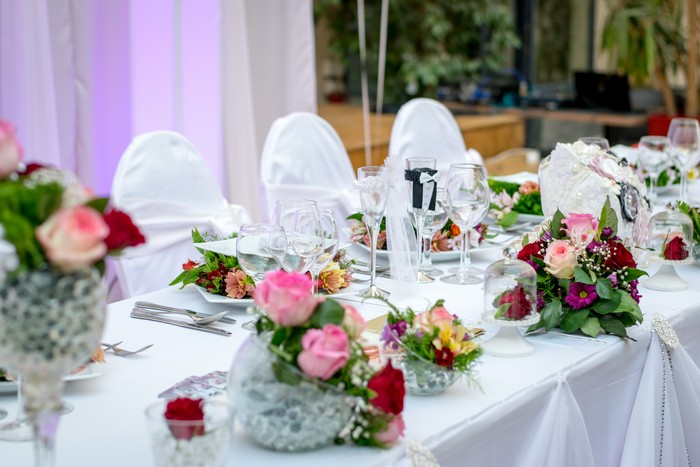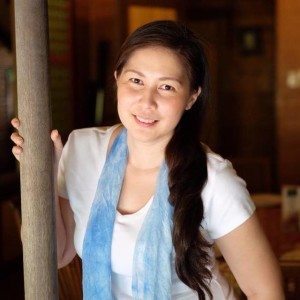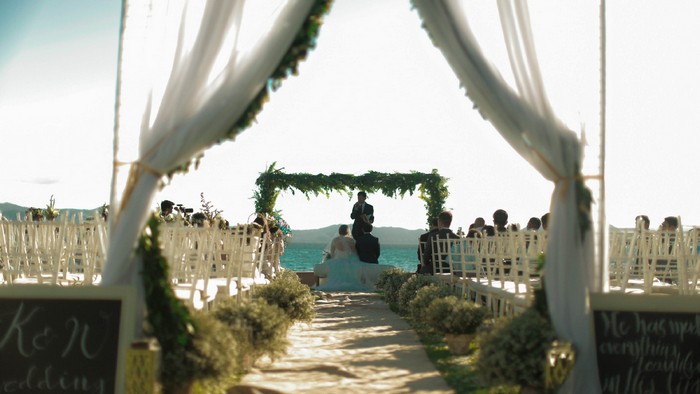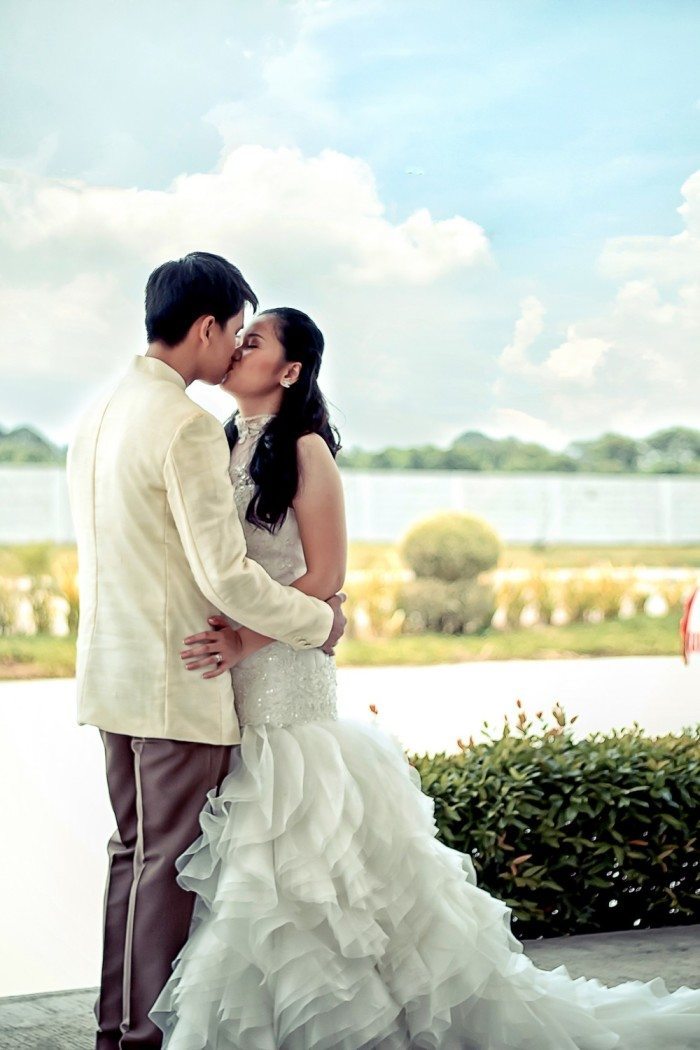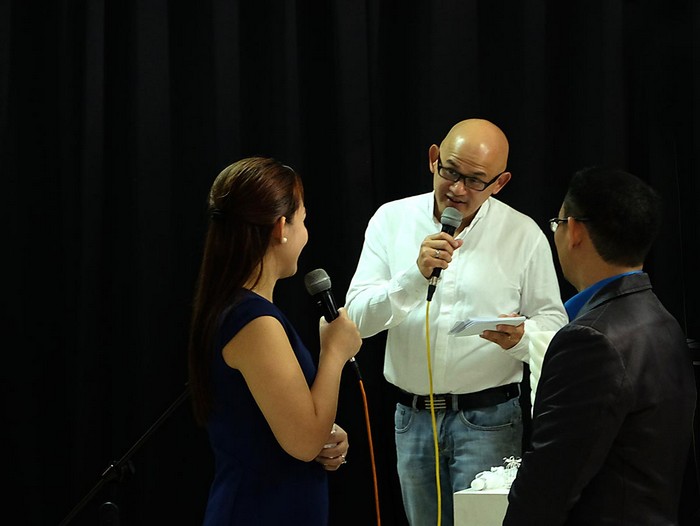WaW Wedding Tip Sheet: Guest List? RSVP? I am stressed!
One of the most difficult tasks of wedding preparations is preparing the guest list. Why is it difficult?
First, there’s the RSVP conundrum — some don’t know it’s a requirement to respond, while others simply ignore the need to respond. A few cultures also dictate that RSVP call outs/text blasts are rude and should not be done.
Second, the guest list is a combination of so many individuals, emotions, and cultures. So there will be people asking to include others when you specifically gave a seat allotment already. There will be individuals who need to be seated as far apart as possible. Moreover, there will be people who need to be seated in front even if everyone knows they will leave right after eating.
Third, the parents usually make their opinions felt when it comes to drafting the guest list. Stress comes in when space & budget constraints come into play.
I’m sure you can think of other reasons. But let’s talk about possible solutions to stressors, shall we?
Solution #1: Come to an agreement with your parents regarding the number of guests your space and budget can accommodate. Do this early on so that you won’t feel stressed when the big day is looming and you’re arguing over the number of guests they can invite. (Please note that this part is applicable for those who are paying for their own wedding. Definitely, one cannot restrict the number of guests a parent can invite if the parent is paying for the reception.)
Solution #2: Write the RSVP part of your invitation with the intent to receive answers. Instead of saying you have already reserved a number of seats, encode the ff:
To reserve ___ seat/s, please send your name/s
on or before (date that’s 2 weeks prior to your wedding date)
to (name, number, and e-mail address of your coordinator if it’s included in your package, if not, you may use your name and details).
This isn’t originally mine. I got this idea from the magazine, “Martha Stewart Weddings Philippines”. I just tweaked it a bit. Based on experience, it does get people to respond a bit more than the usual “We have reserved ____ seat/s for you”. Note that this sentence connotes a reservation has been made; thus, no need to respond.
Solution #3: Do your RSVP text blasts and call outs right after the RSVP deadline. Here’s a possible schedule:
- 13 days before your big day, send this message: Good am, this is (name of coordinator), the coordinator of (first and last name of the groom & first and last name of the bride). Their wedding is on (date), in (ceremony venue) at (time indicated in the invite). We are confirming attendance to their wedding. Kindly send your name/s and either “attending” or “regrets”. Thank you in advance for your kind understanding and consideration.
- 11 days before your big day, send the same message only to those who didn’t respond during your first text blast
- 9 days before your big day, you may call those who didn’t respond
You may not get a 100% response rate, but at least you will have a pretty good idea of who is going and who isn’t. You can already plot names & table numbers based on the layout of the caterer/hotel, and finally confirm with the caterer if you truly need to add seats or you can stick to your original booking.
Solution #4: Start drafting the guest list with table numbers after you’ve gotten around 80 to 90% of your guests’ responses. Remember to separate the columns:
Column A – Table number per row (do not group/merge because you need to alphabetize later and you can’t sort it if there are merged cells)
Column B – Surnames of the guests
Column C – First names of guests
Optional but advisable, Column D – designations of the guests/their relationship to you (parent, relative, entourage, godparent, etc.)
*This will help coordinators give the right seats to those who will come in without having sent in their responses. If the person says she’s an office mate, then the coordinators will just look for the table with such designation.
Show your parents where you’re seating their friends and relatives. As much as possible have the same position for both sides — if the relatives of the bride are seated close to the front, then the relatives of the groom should ideally be in the same position on the other side of the ballroom.
Know the position of your speakers so that you can avoid seating the elderly close to these sound boxes. Also, make sure your participative friends/relatives are seated close to the center, so that there will be reactions to your program and people will be more interested in what’s going on.
Solution #5: Have a table with no guests — this is your buffer table. It should be free so that the coordinators can seat those who didn’t RSVP right away. This will avoid tension at the registration area especially if there are a lot of people who are also trying to get their table numbers. (Yes, you read it right, solution #5 is for the small percentage who will never respond or give a definite response no matter how many messages are sent and no matter how many calls are made.)
Of course, as with all tips, these aren’t fool-proof, but they are based on experience and there is much hope that these tips will keep you from going crazy while preparing your guest list.
Please don’t give up and resort to “free seating” mode. This will cause problems on the day with family members having seats so far away from the program area, guests getting mad at coordinators because they can’t find a table with the right number of seats for their group, and coordinators being unable to find people assigned to speak, perform, and the like.
But what if it’s really next to impossible to give everyone designated seats?
Bonus Solution: You may resort to zoning. But this is only if you’ve tried and you really can’t determine the grouping of people by 10’s (assuming 10 chairs per table).
How?
Step 1: Determine the major groupings.
Step 2: Assign a set of tables to each group, make sure your parents and your immediate family members have specific seats/tables.
example: relatives of the bride (tables 20 to 25), office mates of the bride (tables 26 and 27)
Step 3: Prepare table cards to help coordinator track how many seats are left per table and to make sure guests won’t get tables which aren’t assigned to them; you may also have a sign up sheet per table although this seems less elegant in terms of tracking if there are still seats left per table
So for instance, a group comes in and says they are relatives of the bride and there are 15 of them, the coordinator can give them 15 cards bearing tables 20 and 21. That means there are still 5 more seats at table 21 that can be given away later. If another big group comes in but the coordinators have given away almost all cards, they can easily give this group seats because they know which tables have remaining extra seats. No need to go inside the hall and check. No need then to make these guests wait too long to get seats.
Choose the strategy which works for you and for your family dynamics. That way, there will be less stress on the day for those who are giving the table numbers and for those on the receiving end.
Read more of Darlene Tan-Salazar’s WaW Wedding Tip Sheet articles at weddingsatwork.com/category/waw-wedding-tip-sheet/.
About Darlene Tan-Salazar, W@W Supplier of Year (2015):
Darlene started out as a Planner/Coordinator of Perfect 10 Weddings. Since she needed more time for family matters, she opted to focus on emceeing, and has since started “The Wedding Tip Sheet“, a Facebook page that tackles the practical points in planning a wedding.

